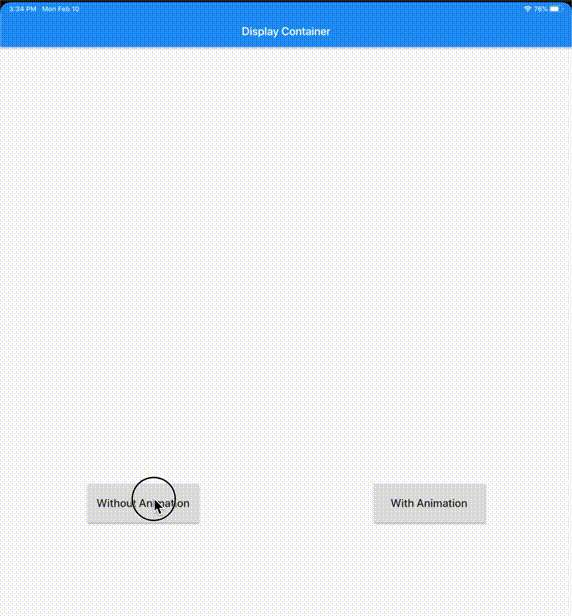I have recently got a requirement to verify two images and see if both the images have the same person in it. This looks very interesting and there are few open source libraries doing this with decent accuracy. In order to get better accuracy I thought it can be dealt with CNN and started to think about implementing Siamese CNN to solve this problem. Then I saw this Face API from Azure which is doing exactly this task with better accuracy and it comes in the free tier as well.













